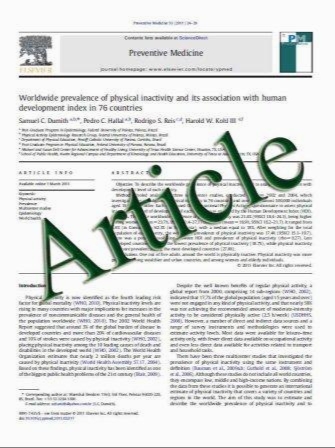Features of Positional Magnetic Resonance Imaging in Tethered Cord Syndrome
- نوع فایل : کتاب
- زبان : انگلیسی
- مؤلف : P. Niggemann · S. Sarikaya-Seiwert · H. K. Beyer · R. Sobottke
- چاپ و سال / کشور: 2011
Description
Purpose T ethered cord syndrome (TCS) is a clinical entity in which symptoms are induced through excessive tension on the spinal cord. The radiological method of choice to confirm TCS is magnetic resonance imaging (MRI), however limitations exist especially in patients with no underlying spinal dysraphism. Materials and Methods The positional MRI features of TCS in a series of four patients with suspected or proven TCS are described, especially with respect to contact of the myelon or the cauda equina with the dorsal elements of the lumbar spinal canal. The findings are correlated with the lordosis angle of the lumbar spine. Results In flexion contact of the myelon or the cauda equina with the dorsal elements of the lumbar spinal canal is reduced due to a straightening of the lumbar spine. With increasing lordosis of the lumbar spine, the degree of contact increases and detection of TCS is more difficult. The site of tethering could be identified in all four patients in flexion. Conclusion Positional MRI can be useful to confirm or rule out TCS and helpful to identify the site of tethering. The value of positional MRI is limited to patients who are able to fully flex the lumbar spine and in patients without spinal canal stenosis and spondylolisthesis.
Clin Neuroradiol (2011) 21:11–15, Received: 13 October 2010 / Accepted: 15 December 2010 / Published online: 19 January 2011 © Urban & Vogel 2011


